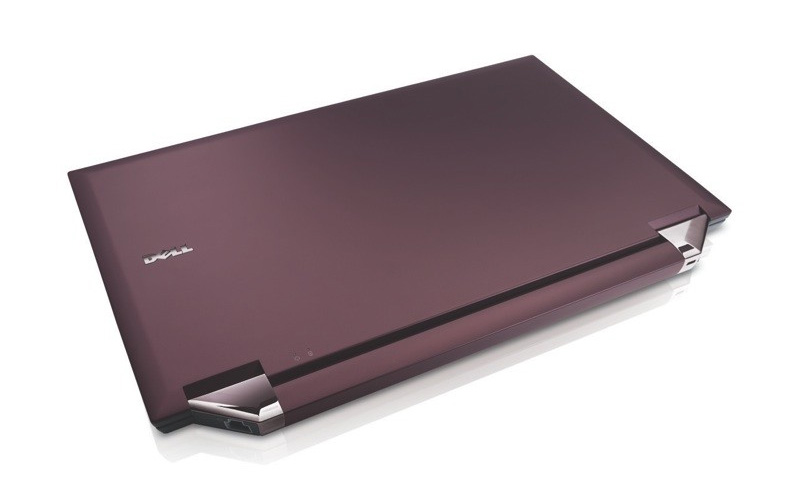 Okay, so the holodeck made famous by Jean-Luc Picard and the Starship Enterprise still won’t be happening anytime soon. But it’s come one step closer with the announcement that scientistsat the University of Arizona, Tucson have developed a polymer on which holograms can be written in literally minutes, and which can be erased and used over andover like a whiteboard, Nature has reported, according to the BBC. How do you even make holograms? It’sa tricky process, involving a mix of refracted laser light with light from another laser that puts down a static image of the object; in other words, it takes a while. But the new polymer,developed by Savas Tay and others, can reportedly have the image written to it in minutes, and has proved stable through hundreds and erase and rewrite procedures. The immediate benefits willbe in operations, as the team can take data directly from procedures like MRI or CAT scans to create a hologram. But they can just as easily be created using data from microscopes or satellites. Although to date they’ve only used a polymer that was 10cm by 10cm, that’s not a limit. As they wrote, "There is no technological limit to the achievable display size,because large thin-film devices can be fabricated and even tiled together." Make it so.
Okay, so the holodeck made famous by Jean-Luc Picard and the Starship Enterprise still won’t be happening anytime soon. But it’s come one step closer with the announcement that scientistsat the University of Arizona, Tucson have developed a polymer on which holograms can be written in literally minutes, and which can be erased and used over andover like a whiteboard, Nature has reported, according to the BBC. How do you even make holograms? It’sa tricky process, involving a mix of refracted laser light with light from another laser that puts down a static image of the object; in other words, it takes a while. But the new polymer,developed by Savas Tay and others, can reportedly have the image written to it in minutes, and has proved stable through hundreds and erase and rewrite procedures. The immediate benefits willbe in operations, as the team can take data directly from procedures like MRI or CAT scans to create a hologram. But they can just as easily be created using data from microscopes or satellites. Although to date they’ve only used a polymer that was 10cm by 10cm, that’s not a limit. As they wrote, "There is no technological limit to the achievable display size,because large thin-film devices can be fabricated and even tiled together." Make it so.
The Holodeck Gets One Step Closer

Digital Trends has a simple mission: to help readers easily understand how tech affects the way they live. We are your…


